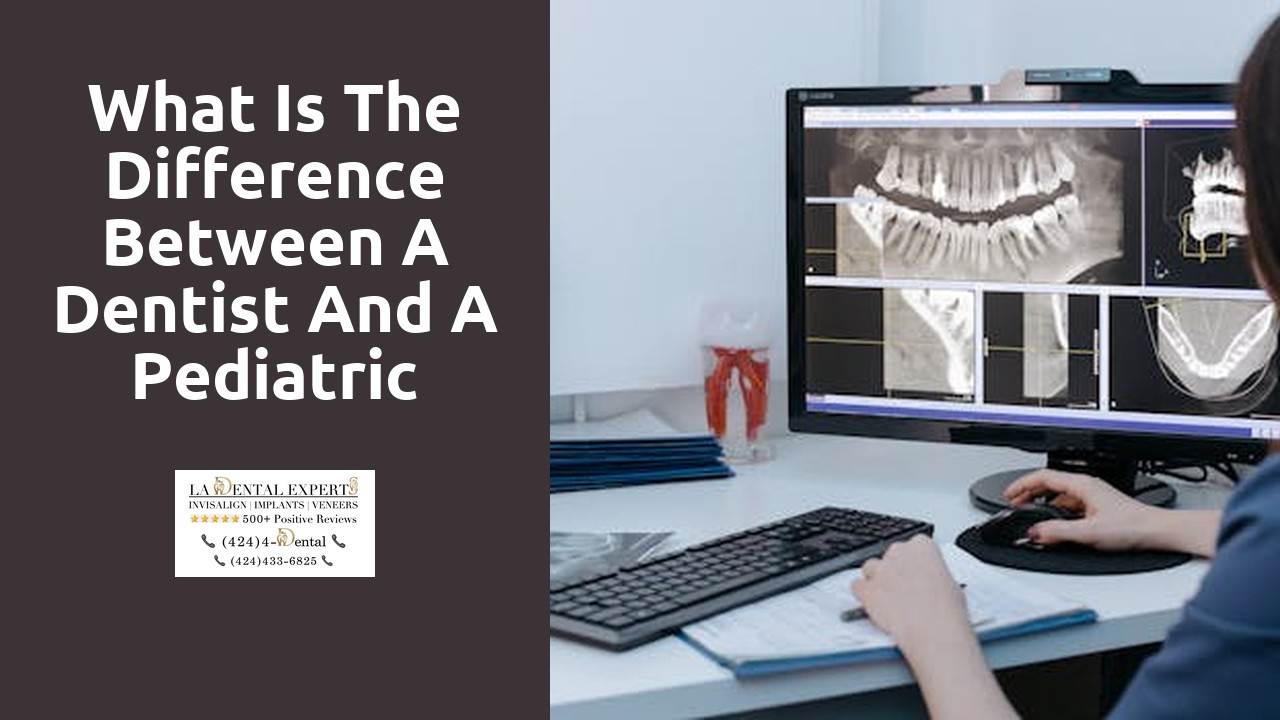Types of Tooth Extraction Dental Procedures
========== Tooth extraction procedures can vary depending on the complexity of the case and the specific dental issue at hand. A simple extraction involves removing a visible tooth by loosening it with dental instruments and gently pulling it out. This type of extraction is commonly performed by dentists in cases where the tooth is fully erupted and intact. Aftercare following a simple tooth extraction typically involves following the dentist’s instructions to prevent infection and promote healing in the socket.
========== For more complicated cases, such as impacted teeth or teeth that have broken off at the gum line, a surgical extraction may be necessary. This type of extraction is often performed by oral surgeons who have specialized training in complex tooth removal procedures. Surgical extractions may involve making an incision in the gum tissue to access the tooth, removing bone around the tooth, or sectioning the tooth before extraction. Patients undergoing surgical extractions may require more extensive aftercare to ensure proper healing of the surgical site.
Aftercare Instructions Following Getting a Tooth Pulled
After undergoing a tooth extraction procedure, it is crucial to follow proper aftercare instructions to promote healing and prevent complications. Be sure to follow these guidelines diligently to aid in your recovery process.
Firstly, it is essential to maintain a soft diet for the first few days post-extraction to avoid putting unnecessary pressure on the healing area. Avoid consuming hot or spicy foods, as they may irritate the extraction site. Additionally, remember to gently rinse your mouth with a saltwater solution multiple times a day to keep the area clean and prevent infection. Be mindful not to disturb the blood clot that forms in the extraction site, as it aids in the healing process. Lastly, adhere to any prescribed pain medication and follow-up appointments with your dental provider to ensure proper healing.
When to See Your Dentist for Tooth Removal
To determine when to see your dentist for tooth removal, it is essential to consider various factors such as the type of tooth extraction procedure needed, the type of tooth involved, and the need for proper tooth extraction aftercare. If you are experiencing persistent tooth pain, swelling, or infection, it may indicate the need for a tooth extraction. It is advisable to consult your dentist promptly to assess the situation and determine the best course of action. Additionally, if your dentist recommends a tooth extraction due to decay, damage, or overcrowding, discussing the type of tooth extraction with your dentist can help you understand the procedure and what to expect in terms of recovery and aftercare.
Many individuals often wonder, “How much does a tooth extraction cost?” The cost of a tooth extraction can vary depending on various factors, including the complexity of the extraction procedure, the type of tooth being removed, and whether additional treatments or sedation are required. Your dentist can provide you with an estimate and discuss any potential costs associated with the procedure. Therefore, if you are unsure about whether you need a tooth extraction or have concerns about the process, it is advisable to schedule an appointment with your dentist for an evaluation and personalized guidance.
Understanding the Tooth Extraction Cost
When it comes to understanding the cost of tooth extraction, several factors come into play. The type of dental extraction needed, whether it be a simple extraction or a surgical extraction, can greatly impact the overall expense. Additionally, the location of the tooth, such as wisdom teeth requiring removal, can also affect the cost. On average, the price of dental extractions can range from 5 to 25 times the amount, depending on the complexity of the procedure and whether it is performed by a dentist or oral surgeon.
Furthermore, aftercare following tooth removal is essential for a successful recovery and to prevent complications like dry socket. The cost of aftercare products and follow-up visits may also contribute to the overall expense of the tooth extraction process. It is crucial to discuss the potential costs with your dentist or oral surgeon upfront and inquire about any financial options or insurance coverage available for tooth removal procedures.
The Role of Your Dentist in Tooth Extraction
Your general dentist plays a crucial role in the process of tooth extraction. When tooth decay is severe and cannot be treated with dental care procedures like fillings or crowns, your dentist may recommend a tooth extraction. This involves removing the tooth from its socket in the bone. The type of extraction, whether simple or surgical, will depend on the condition of the tooth and surrounding gum tissue. During the procedure, your dentist will carefully loosen the tooth and then pull it out, ensuring minimal discomfort.
After the tooth has been successfully removed, your dentist may discuss the possibility of replacing it with a dental implant to restore both function and aesthetics. Proper aftercare instructions are essential during the first 24 hours post-extraction to promote healing and prevent complications. Your dentist will guide you on how to care for the extraction site and provide recommendations to ease any discomfort or swelling. It is imperative to follow your dentist’s advice closely to ensure a smooth recovery process and maintain optimal oral health.
Different Types of Tooth Extraction Surgeries
Tooth extraction surgeries encompass various procedures tailored to the specific needs of patients. One common type is dental extraction, which involves the removal of a tooth due to decay, damage, or crowding. This extraction procedure is typically straightforward, with the dentist numbing the tooth and gently extracting it to alleviate discomfort and prevent further issues. In more complex cases, such as wisdom teeth removal or the removal of impacted teeth, specialized techniques may be required. It is essential to tell your dentist about any concerns or preferences you have regarding the type of tooth extraction to ensure a tailored approach that meets your needs. Understanding the type of tooth extraction being performed can help you feel more prepared and informed about the process.
The cost of tooth extraction may vary depending on various factors, including the complexity of the extraction, the type of tooth being removed, and any additional procedures required for optimal results. Following an extraction, proper aftercare instructions are crucial for promoting healing and reducing the risk of complications. It is essential to learn more about tooth extraction aftercare to facilitate a smooth recovery process and maintain oral health. Whether you are undergoing a routine dental extraction or a wisdom tooth extraction, understanding the importance of post-extraction care can significantly impact your overall experience and outcomes.
Importance of Proper Tooth Extraction Aftercare
Proper tooth extraction aftercare is crucial for ensuring a smooth recovery and maintaining the health of the surrounding teeth and gums. Following a tooth extraction procedure, your dentist may recommend specific aftercare instructions to prevent complications such as infection or dry socket. It is essential to diligently follow these guidelines to promote healing and reduce the risk of postoperative complications. Neglecting proper aftercare measures can lead to prolonged discomfort, delayed healing, and potential damage to the surrounding tissues.
In cases where a tooth extraction may be necessary due to severe pain or dental issues, your dentist may prescribe a tailored aftercare plan to support your recovery. Whether it is a routine tooth extraction or a more complex procedure like a third molar extraction, the quality of your aftercare plays a significant role in the success of the recovery process. If your dentist is planning to perform tooth extractions, be sure to tell them about any medications you are taking, as certain drugs can affect the healing process after removing a tooth.
Why You May Need a Tooth Extraction
Tooth extraction is a procedure that involves the removal of a tooth from its socket due to various reasons. When a tooth is decayed, damaged, or infected beyond repair, a quick outpatient procedure with either a dentist or oral surgeon may be necessary to alleviate the pain involved with tooth extraction. Depending on the severity of the case, tooth extraction can range from a simple extraction, where the tooth is removed from the gum socket, to a surgical extraction, involving more complex procedures to extract the tooth from the bone.
Following tooth extraction, proper aftercare is crucial to aid in healing and prevent complications. Failing to adhere to the aftercare instructions provided by your healthcare provider can lead to issues such as infection or irritating the extraction site, prolonging the recovery process. If you experience persistent pain, swelling, or bleeding at the site of the extraction, it is imperative to contact your dentist or oral surgeon immediately as these may be signs of complications arising from the type of tooth extraction performed or issues with the healing process.
Discussing the Type of Tooth Extraction with Your Dentist
When discussing the type of tooth extraction with your dentist, it is essential to understand the specific tooth extraction procedure being recommended. Depending on the tooth to be extracted, the dentist may suggest a simple extraction or a surgical extraction. Simple extractions are typically performed on teeth that are visible in the mouth, while surgical extractions are necessary for more complex cases, such as when a tooth is impacted or requires sectioning for removal. Your dentist will explain the memory of the procedure, including the use of local anesthesia to numb the area around your tooth and the placement of gauze over the extraction site to control bleeding.
During your consultation, the dentist will discuss whether the tooth extraction is the best course of action based on the reasons why tooth extraction may be necessary. They may recommend an x-ray of your tooth to assess the tooth’s position and surrounding structures. If the extraction involves a tooth that is impacted, the dentist may need to use an elevator to loosen the tooth before it can be removed. By engaging in open dialogue with your dentist about the type of tooth extraction recommended, you can gain a clearer understanding of the procedure and make informed decisions regarding your oral health.
The Process of Tooth Extraction: What to Expect
Once you are seated comfortably in the dental chair, the dentist will begin by administering local anesthesia to numb the tooth and gum area where the extraction will take place. This step is crucial to ensure that you do not feel any pain during the procedure. Depending on the complexity of the procedure, the dentist may also offer sedation options to help you relax throughout the process. The goal is to make you as comfortable as possible during the extraction, reducing any anxiety or discomfort you may have.
During the extraction procedure, you can expect the dentist to use specialized tools to carefully remove the tooth that is visible in your mouth. In cases where the tooth is impacted or broken, the dentist may need to make a small incision to access the tooth beneath the gum line. In more complex situations, such as when a tooth is embedded in the jawbone or has pushed against other teeth, additional steps may be required. Once the tooth is successfully removed, the dentist will provide aftercare instructions to promote healing and reduce the risk of any complications following the extraction. It’s important to follow these guidelines closely to ensure a smooth recovery process and minimize any potential discomfort or issues that may arise.






